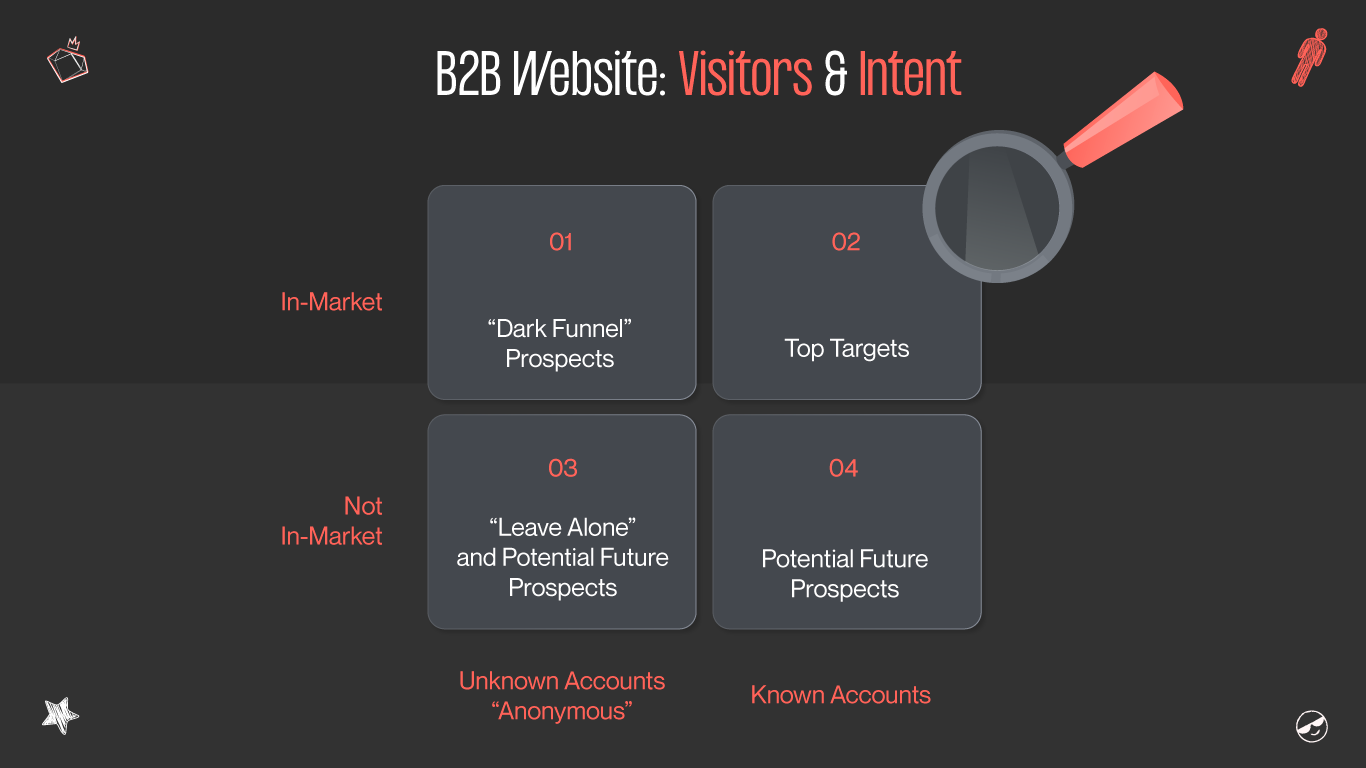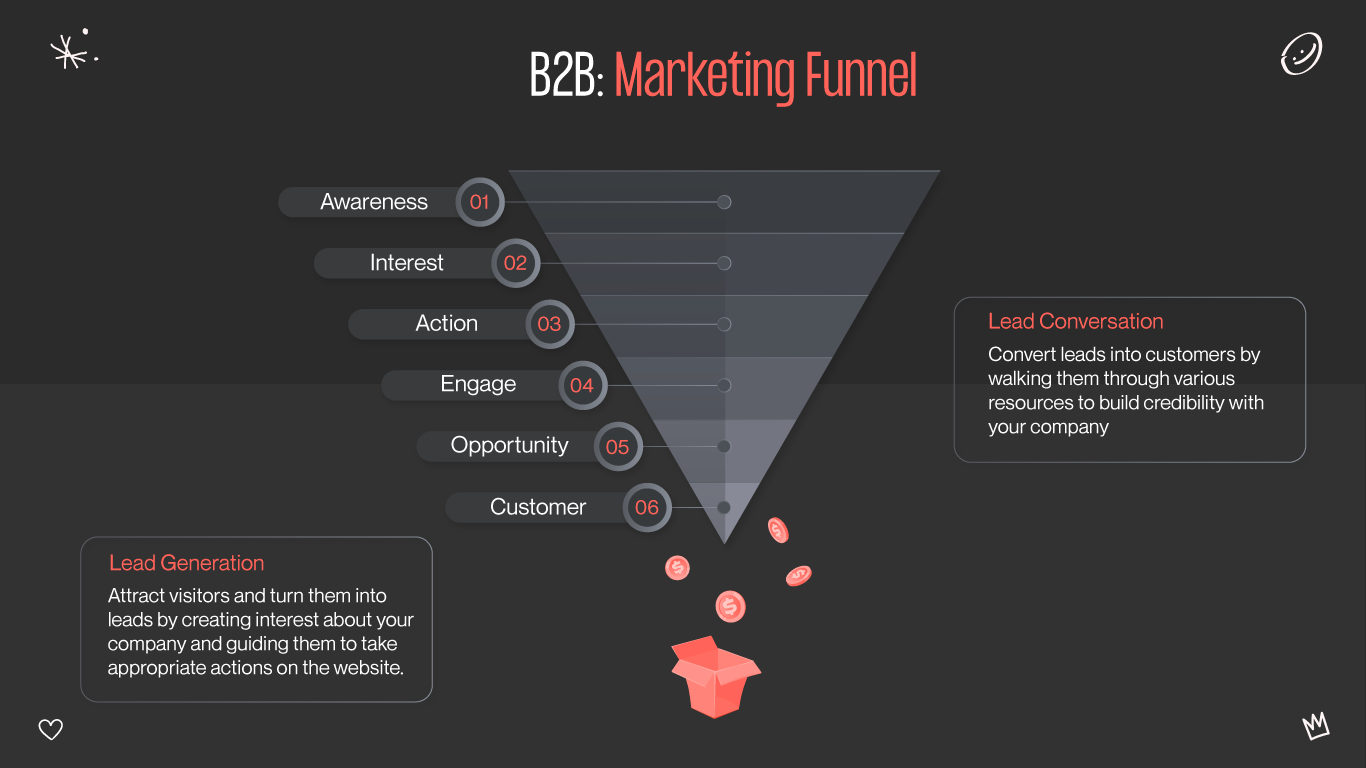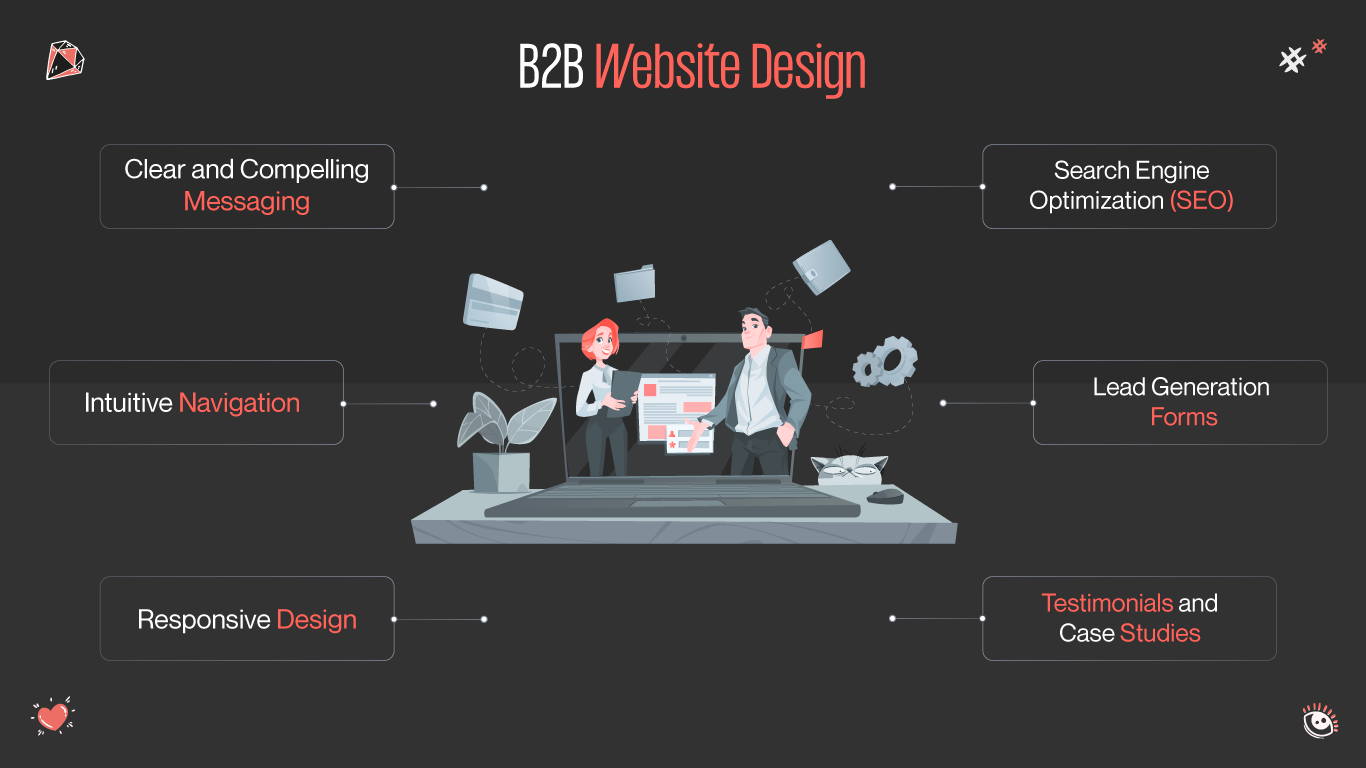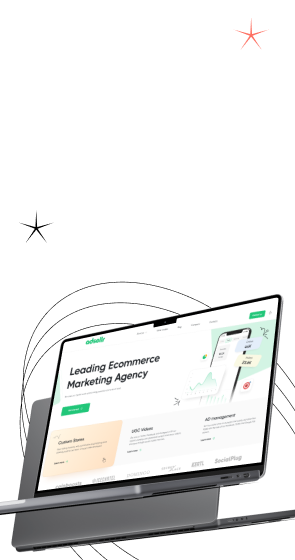In today's digital age, having a well-designed website is crucial for businesses to succeed. This is true for Business-to-Business (B2B) companies as well. A B2B website serves as a powerful tool to showcase products or services, generate leads, and establish credibility in the industry. However, designing an effective B2B website requires careful planning and execution.
In this article, we will explore the key elements and strategies to create a successful B2B website.








